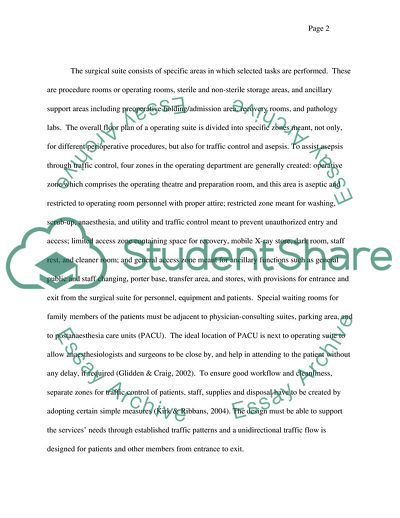Cite this document
(Perioperative Practices Assignment Example | Topics and Well Written Essays - 2250 words, n.d.)
Perioperative Practices Assignment Example | Topics and Well Written Essays - 2250 words. https://studentshare.org/health-sciences-medicine/1724981-perioperative-practices
Perioperative Practices Assignment Example | Topics and Well Written Essays - 2250 words. https://studentshare.org/health-sciences-medicine/1724981-perioperative-practices
(Perioperative Practices Assignment Example | Topics and Well Written Essays - 2250 Words)
Perioperative Practices Assignment Example | Topics and Well Written Essays - 2250 Words. https://studentshare.org/health-sciences-medicine/1724981-perioperative-practices.
Perioperative Practices Assignment Example | Topics and Well Written Essays - 2250 Words. https://studentshare.org/health-sciences-medicine/1724981-perioperative-practices.
“Perioperative Practices Assignment Example | Topics and Well Written Essays - 2250 Words”. https://studentshare.org/health-sciences-medicine/1724981-perioperative-practices.


